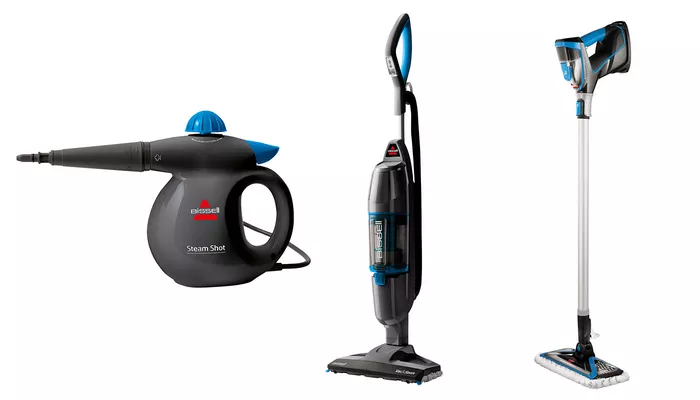Turning handkerchiefs at multiple angles, holding LED lights to detect parts, and even folding clothes, wiping tables, and opening refrigerators… Recently, under the wave of humanoid robot industrialization, “dexterous hands” are accelerating the commercialization of related fields. Today, in the home cleaning robot scene, “dexterous hands” technology has also begun to land.
On March 19, Dreame Technology launched a total of 11 new products in six categories, including sweeping robots, floor washing machines, and window cleaning robots in Shanghai. It is worth noting that its sweeping robots and floor washing machines are equipped with bionic multi-joint manipulators and robotic arm technologies by combining the embodied intelligent large model system. Almost at the same time, MOVA also announced a number of smart cleaning products at AWE2025, among which the M50 Ultra floor washing machine is also equipped with a folding and telescopic handle that can imitate the joints of human arms. According to reports, these technologies are mainly aimed at the pain points of item organization and three-dimensional cleaning in daily complex home environments. They can easily penetrate into hard-to-clean corners such as sofas and under beds, and realize smart organization of household debris and refined cleaning of traditional blind spots.
Dexterous hands have several key indicators such as degrees of freedom, operating accuracy, load capacity, and perception ability, which together determine the performance and application scope of dexterous hands. With the rapid development of the humanoid robot industry, the market is looking forward to the research and development progress of “dexterous hands” in the industrial chain. From the perspective of technological update progress, the flexibility and precision operability of dexterous hands are constantly improving, and they can play a greater role in housework cleaning scenes.
Shanghai artificial intelligence company Zhiyuan Robot released its first universal embodied base large model GO-1 a few days ago, and let the robot learn to wipe the table, fold clothes, open the refrigerator, make afternoon tea, use the microwave oven, etc. based on the large model, which requires “dexterous hands” to achieve. Lingxin Qiaoshou (Beijing) Technology has also recently demonstrated an intelligent dexterous hand that can automatically adjust the cleaning force according to the pressure sensor in the kitchen cleaning scene. In addition, robot companies such as Xingdong Jiyuan, RoboSense, and Fourier, which focus on the dexterous hand track, have already iterated to the second generation of technology. The multi-force sensors set on the fingertips, fingertips and palms, combined with the robotic arm and its control system, can already achieve flexible and delicate operations in housework scenes.
In addition to the cutting-edge cleaning track, established home appliance companies are also working on the layout of humanoid robots. For example, the humanoid robot “Kuafu” was previously exhibited and was promoted as “the first general humanoid robot for family scenes in China.” CTO Wei Chang also said a few days ago that he is promoting the robotization of home appliances. It can be seen that in addition to the fields of industry and medical care, robots with tactile dexterous hands can already provide more personalized services according to user needs and preferences.
However, due to the long investment return cycle of humanoid robots and the complicated pain points of home application scenarios, it is also a test of the company’s strategic determination to truly implement the application of dexterous hands and robot technology. Li Lujing, deputy director of the institute and chief analyst of mechanical military industry, also believes that the dexterous hand is an important hardware module for humanoid robots to interact with the outside world. It has both high value and high barriers. Its performance improvement is an important direction for the iterative upgrade of humanoid robots.
Xiao Peng, deputy director of the Testing Institute of China Household Electrical Appliances Research Institute and deputy director of the Certification Center, said that he is optimistic about the cross-border move of home appliance companies, but what kind of products companies can make remains to be tested by time. “Maybe if we make something with a relatively suitable price, it will become popular. Once we have a market share and consumer awareness is established, that will be an advantage.”
Related topics:

